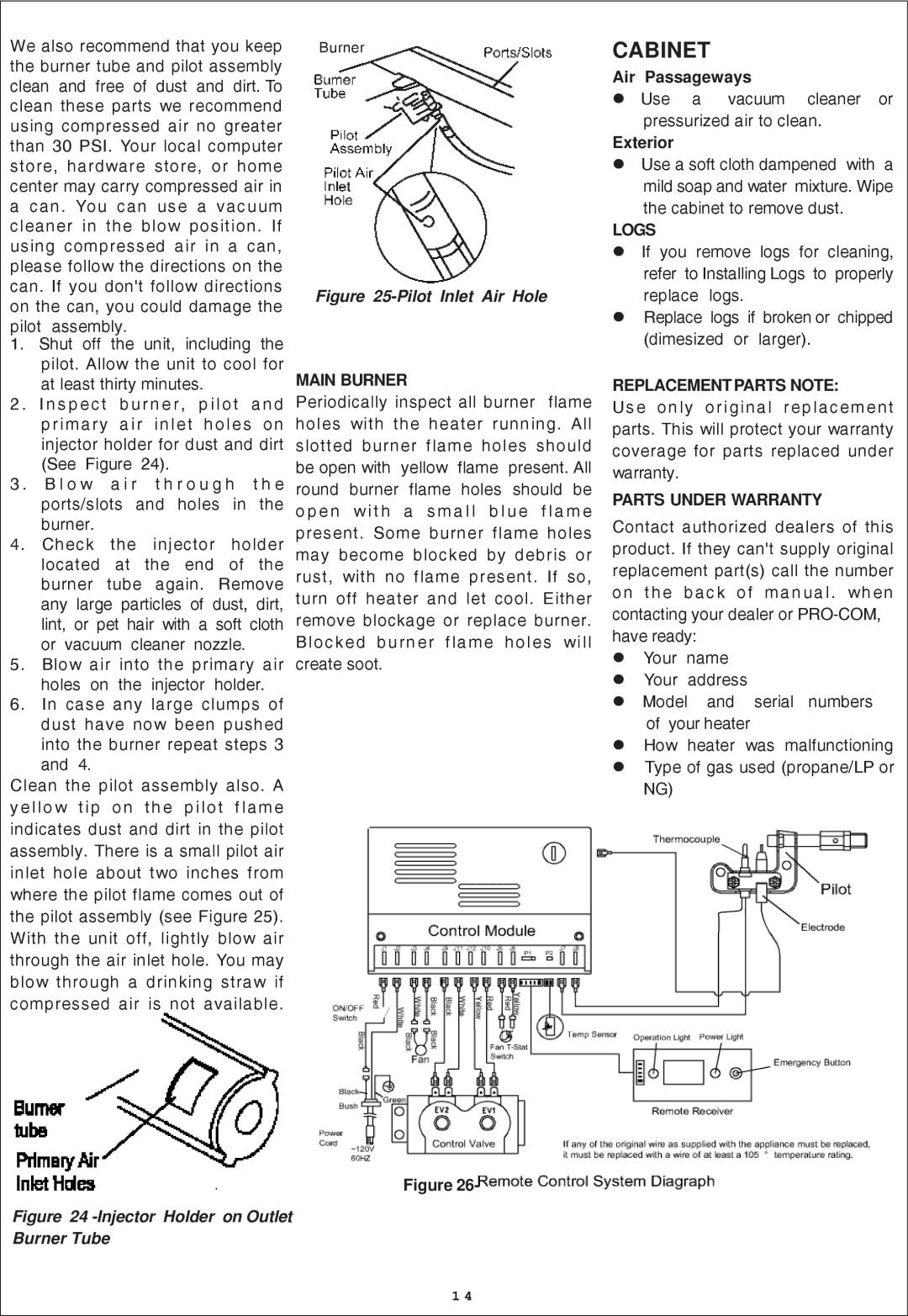QN300RYLA-W, QN300RYLA, QL300RYLA, QL300RYLA-W specifications
The Procom QN300RYLA-W, QN300RYLA, QL300RYLA-W, and QL300RYLA are advanced antenna solutions designed for diverse communication needs. These models exemplify cutting-edge technology and innovative design, catering to clients in various sectors, from telecommunications to public safety.One of the standout features of the Procom antennas is their robust frequency range. The QN300RYLA-W and QN300RYLA models typically support a frequency range of 300 to 470 MHz, while the QL300RYLA-W and QL300RYLA operate in the same bandwidth, providing flexibility for various applications. This capability ensures compatibility with a broad array of devices, enhancing communication reliability.
Procom’s design philosophy emphasizes durability and performance. The antennas are constructed with high-quality materials that can withstand a wide range of environmental conditions. With their weather-resistant properties, these antennas can be deployed in challenging regions, ensuring continuous operation in rain or shine.
The gain characteristics of the antennas are optimized for long-range communication. With gains typically reaching up to 6 dBi, they provide enhanced signal strength and coverage, crucial for critical communications. This is particularly beneficial in urban environments where signal degradation often occurs due to physical obstructions.
Another significant aspect of the Procom QN and QL series is their installation versatility. They can be mounted in different configurations, including vertical or horizontal setup, adapting to specific user requirements and site conditions. This flexibility allows for streamlined deployment in various settings, including rooftops, towers, and vehicles.
These antennas also integrate advanced radiation patterns, which help minimize interference and improve overall performance. This ensures reliable transmission over considerable distances, making them ideal for applications in emergency services, transportation logistics, and industrial communications.
In summary, the Procom QN300RYLA-W, QN300RYLA, QL300RYLA-W, and QL300RYLA antennas deliver exceptional performance, robust design, and versatility for a myriad of communication scenarios. With their advanced technology and user-centric features, these antennas are well-suited to meet the evolving demands of modern communication needs.

